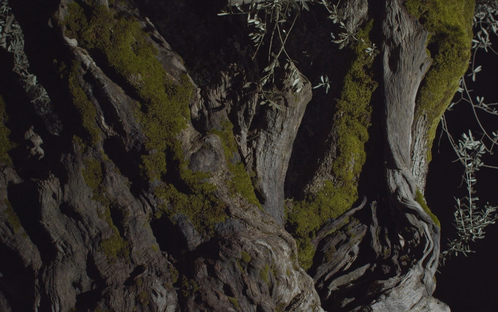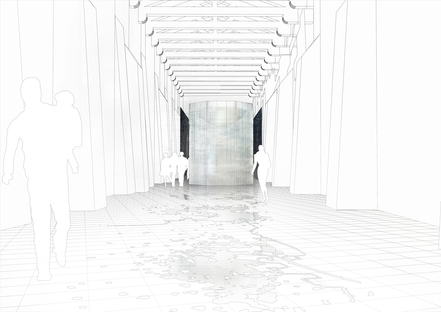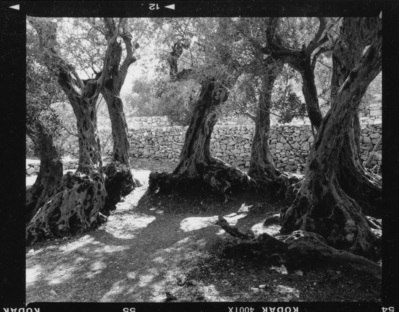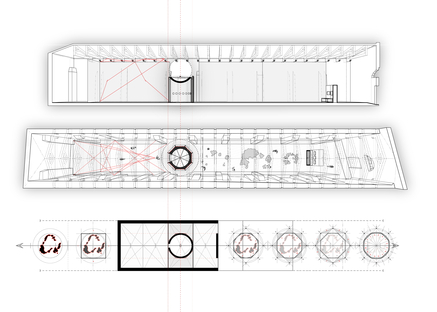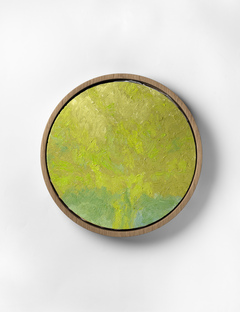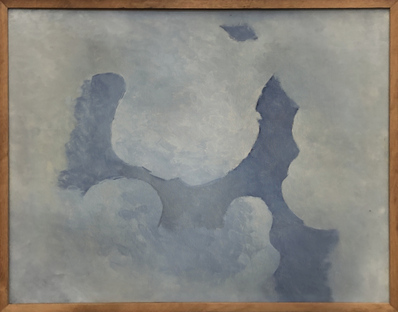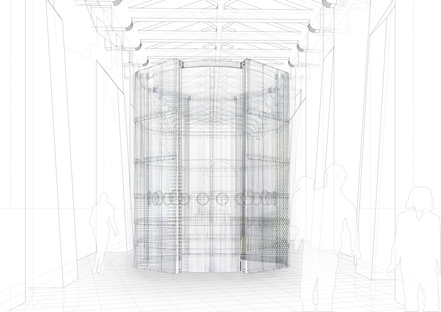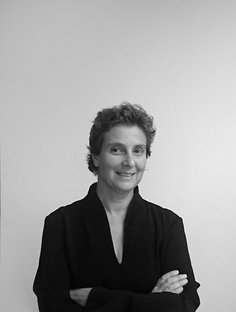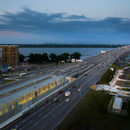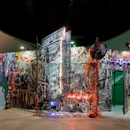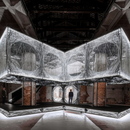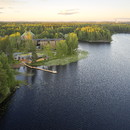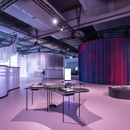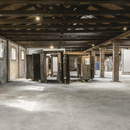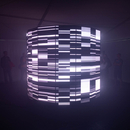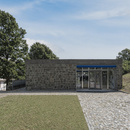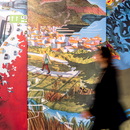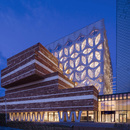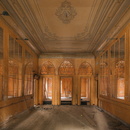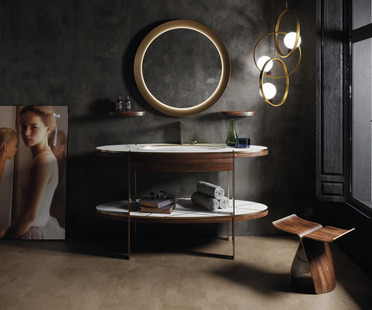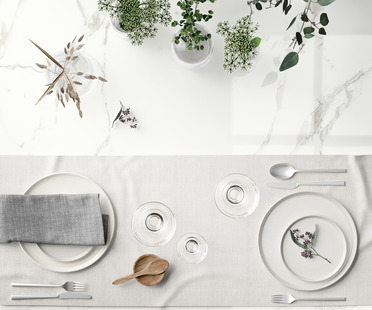07-04-2021
A Roof for Silence, Lebanese Pavilion at Biennale di Venezia
Hala Wardé, HW Architectes,
Beirut, Lebanon, Venice, Italy,
- Blog
- News
- A Roof for Silence, Lebanese Pavilion at Biennale di Venezia
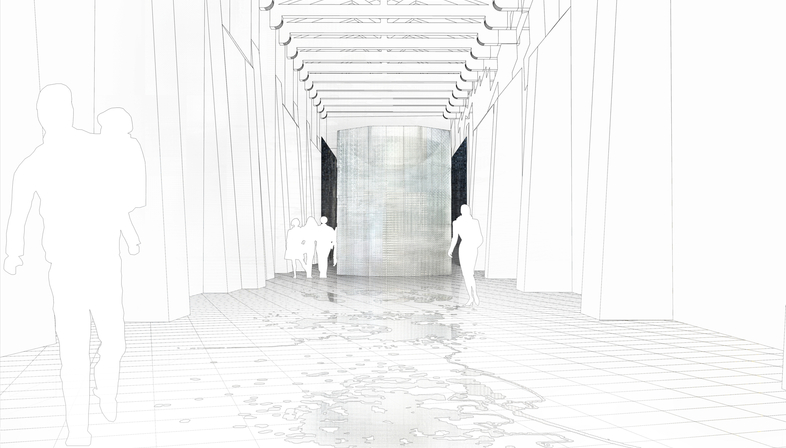 The 17th Architecture Biennale, curated by Lebanese architect Hashim Sarkis, will see Lebanon participate with a pavilion of its own for the second time, at the Arsenale, in the Magazzino del Sale, the historic salt warehouse at Zattere. Following Hala Younes’ 2018 investigation of Freespace, The Place That Remains, Hala Wardé will be representing the country. In reply to the question “How will we live together?” the architect, founder of HW Architecture, who worked on the Louvre Abu Dhabi with Jean Nouvel, presents a project entitled A Roof for Silence.
The 17th Architecture Biennale, curated by Lebanese architect Hashim Sarkis, will see Lebanon participate with a pavilion of its own for the second time, at the Arsenale, in the Magazzino del Sale, the historic salt warehouse at Zattere. Following Hala Younes’ 2018 investigation of Freespace, The Place That Remains, Hala Wardé will be representing the country. In reply to the question “How will we live together?” the architect, founder of HW Architecture, who worked on the Louvre Abu Dhabi with Jean Nouvel, presents a project entitled A Roof for Silence.Hala Wardé, selected for the honour in a public competition, addresses the issue of coexistence through interrogation of the spaces of silence, establishing a dialogue among architecture, painting, music, poetry, video and photography. She designed the Lebanese Pavilion as a musical score resonating disciplines, shapes and periods in time with the precise intent of provoking a sensory experience of thought, articulated around notions of emptiness and silence, as the temporal and spatial conditions of architecture. Hala Wardé dedicates her "revelatory" installation, created with artist Etel Adnan and Fouad Elkoury, to the “Antiforms” theorised by famous thinker and urbanist Paul Virilio. Hala Wardé, referring to Virilio’s paintings, queries the territorial and urban planning approach to emptiness with the goal of finding a new form of architecture. In this regard, she says: "The project affirms the need for empty space and for life that might inhabit it as a form of silence, and it is also somehow a foundation of any both urban and architectural approach”. An increasingly impelling need in a cacophonic, frenetic world. In this, it is reminiscent of the Indonesian Pavilion at Biennale 2018, Sunyata. The Poetics of Emptiness, where visitors could immerse themselves, at least for a moment, in a space free of distractions, in which to feel the same single vibration of space.
The architectural layout of the Lebanese Pavilion is based on a strict geometry and rhythm developed in four stages. In the first stage, an introductory wall displays photographs of olive trees taken by Fouad Elkoury and inspired by Virilio’s reflections. The second section takes visitors along a trail of glass representing the vacuums created by the explosion of 4 August 2020. The third section will house a triptych of sixteen thousand-year-old olive trees, projected on its walls. Lastly, the central hall, the fourth phase in the exhibition project, will have an octagonal floor plan, enriched by an internal cylindrical space displaying the 16 canvases of the poem-in-painting by artist and poet Etel Adnan entitled: Olivéa: Hommage à la déesse de l'olivier. In this work, the artist does not show a particular olive tree, but rather the feeling inspired by this legendary tree that has accompanied Mediterranean civilisations, placing it under a semi-spherical roof ldquo;for silence”. As Adnan says: "There is this silence that is part of the aesthetics of things. For example, in painting. To paint only landscapes implies silence. And in poetry, silence takes the form of spaces.”
After the Biennale, the exhibition A Roof for Silence will continue its itinerary, travelling to a number of world cities, beginning with Beirut and then Paris. The project also has strong social and heritage implications, as the Lebanese Pavilion will offer its platform to the Beirut Heritage Initiative, an independent, inclusive collective created to restore the city’s architectural and cultural heritage after the 4 August 2020 Beirut explosion. In this sense, during the Biennale a number of initiatives and mobilisation campaigns will be organised to promote awareness of these issues among the public and the international community of experts and architects, in order to rebuild Beirut.
Christiane Bürklein
Lebanese Pavilion at the 17th International Architecture Exhibition - La Biennale di Venezia
22 May through 21 November 2021
A Roof of Silence, a project by HALA WARDÉ
In collaboration with Etel Adnan and Fouad Elkoury
With the participation of Alain Fleischer – Le Fresnoy and Soundwalk Collective
In tribute to Paul Virilio
Images: see captions
1) A Roof for Silence, Alain Fleischer, Film still - Les oliviers, piliers du Temps, 2020 © HW architecture & Le Fresnoy
2) © HW architecture
3) A Roof for Silence, Fouad Elkoury, Olivier de Bchaaleh 16, 2019 © Fouad Elkoury
4) © HW architecture
5) A Roof for Silence, Etel Adnan, Olivéa : Hommage à la Déesse de l'Olivier, 2018 © Etel Adnan
6) A Roof for Silence, Paul Virilio, Tableaux Antiformes, Sans titre, 1962 Centre Pompidou, Paris, Musée national d’art moderne © Centre Pompidou, MNAM-CCI
7) © HW architecture
8) © HW architecture
3) A Roof for Silence, Fouad Elkoury, Olivier de Bchaaleh 16, 2019 © Fouad Elkoury
4) © HW architecture
5) A Roof for Silence, Etel Adnan, Olivéa : Hommage à la Déesse de l'Olivier, 2018 © Etel Adnan
6) A Roof for Silence, Paul Virilio, Tableaux Antiformes, Sans titre, 1962 Centre Pompidou, Paris, Musée national d’art moderne © Centre Pompidou, MNAM-CCI
7) © HW architecture
8) © HW architecture










